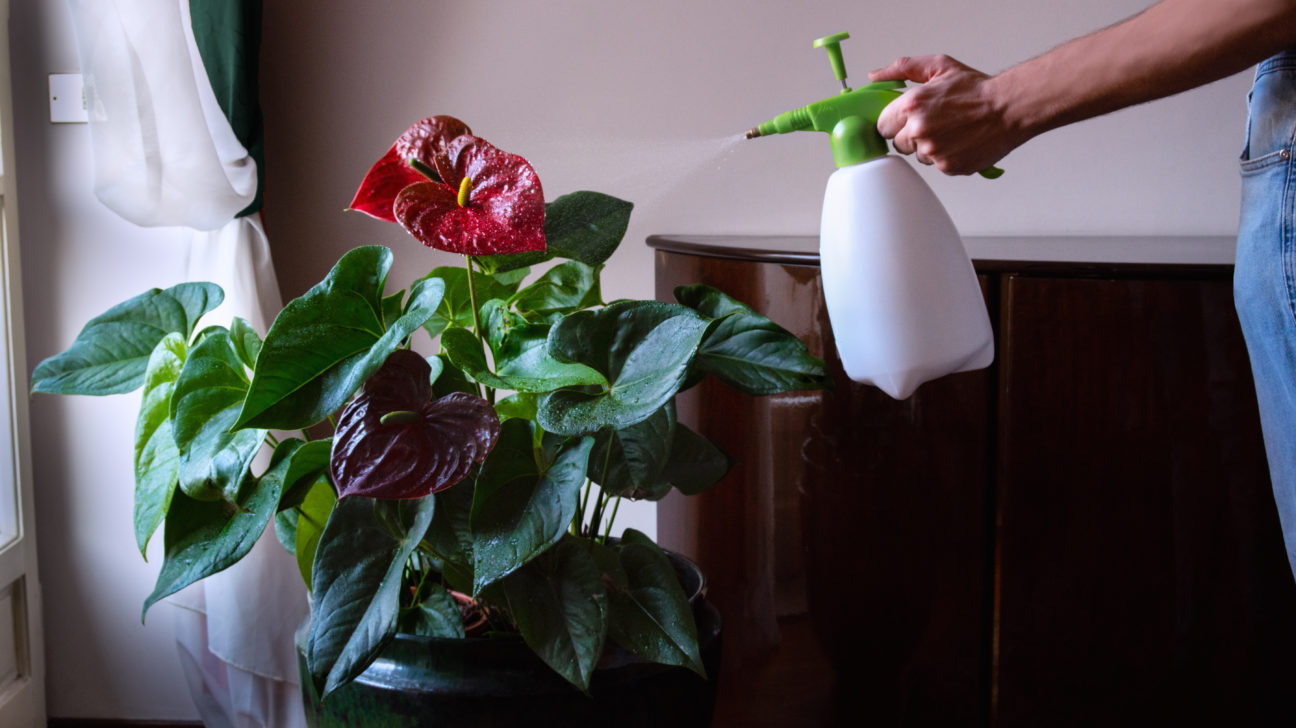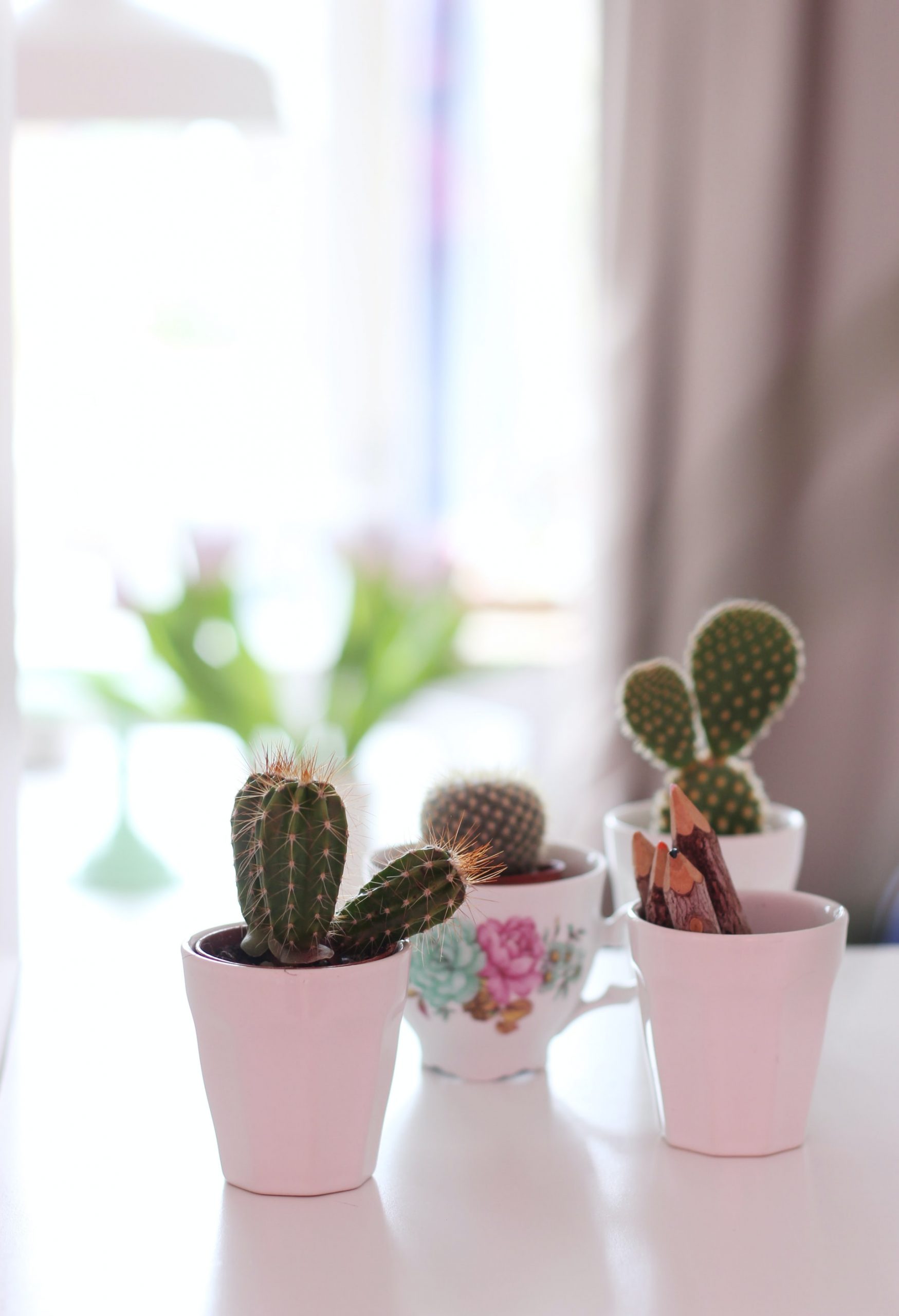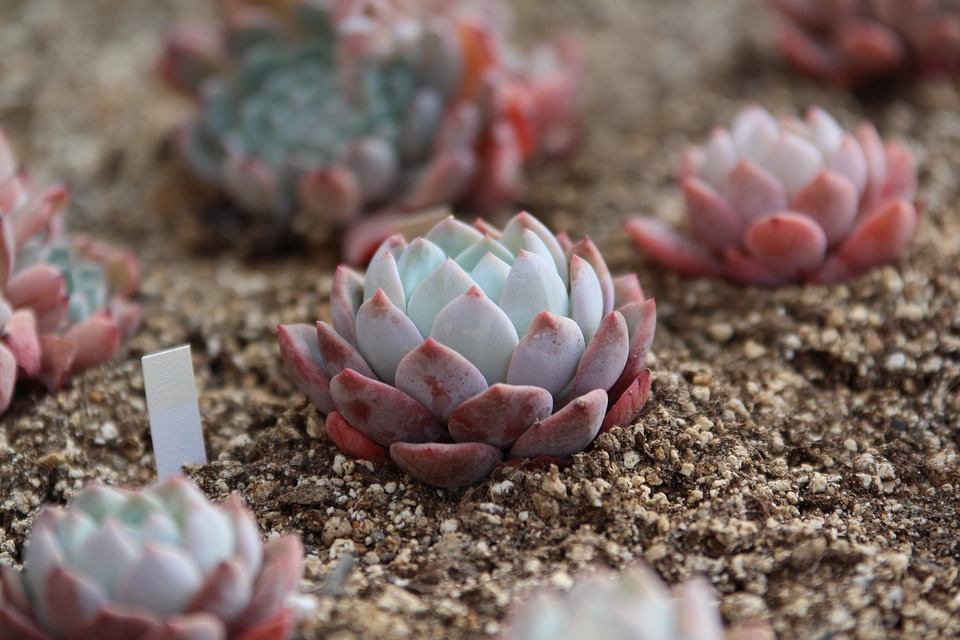When designing your indoor garden, it is essential that the room is ventilated but with little draught. You also need light so that your plants can grow faster. So, without further ado, let’s dive into this blog and learn some of our best advice to arrange your indoor garden.
Where to install an indoor garden in the house?
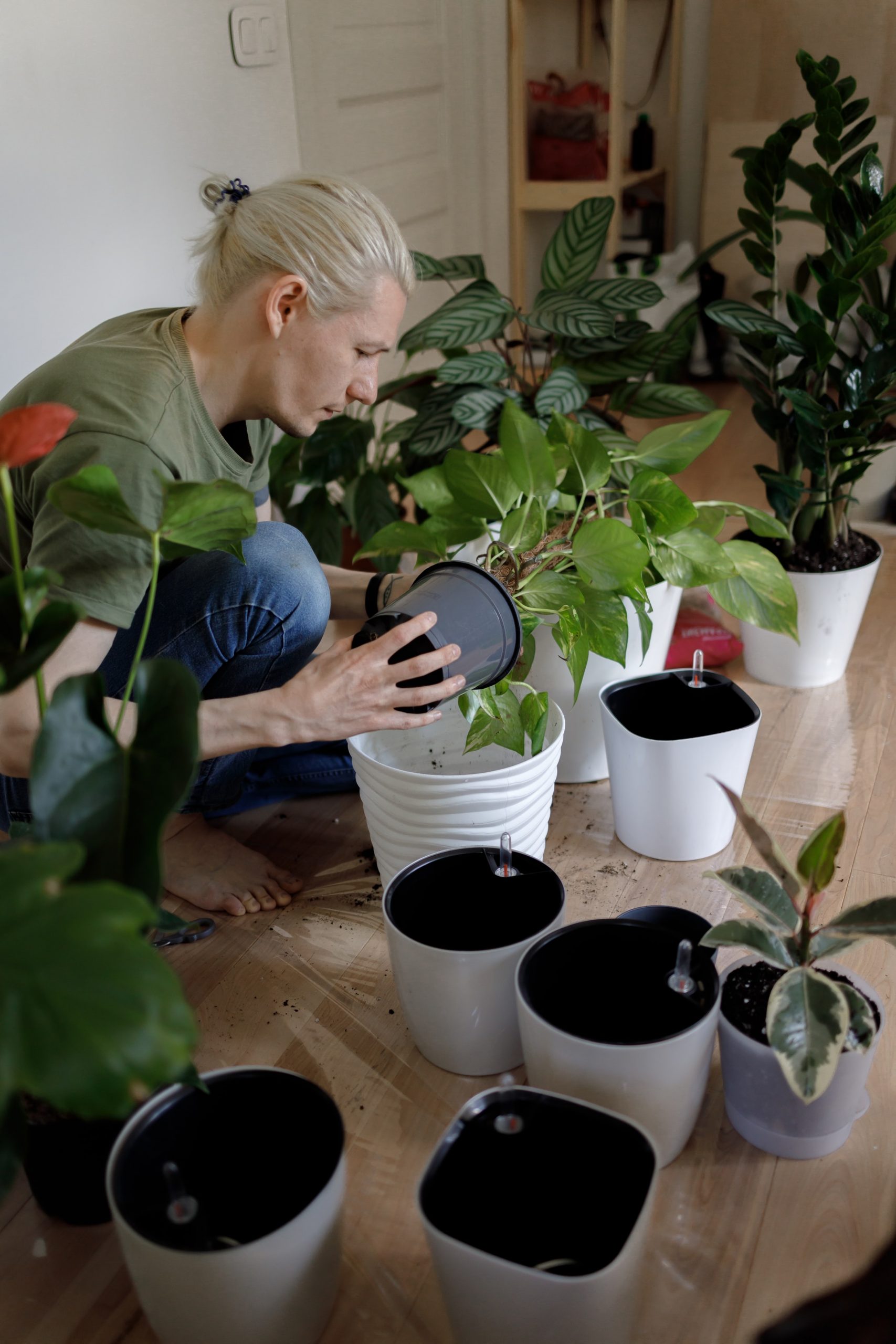
This is one of the first questions because your plants will need more or less light, heat, and humidity. So, depending on your chosen plants, you may not put them in the same place. However, if all your rooms have a minimum of light and fresh air, it is possible to create an indoor garden.
You are then free to adapt it to the chosen space, whether in the kitchen with an indoor vegetable garden or in the living room with pretty flower pots. Over time, your daily meals could come from your indoor garden. But you have to learn a little at a time and not rush into anything. For example, start with a basil plant or a cherry tomato plant.
Take into account the necessary conditions for your indoor garden.
1. Water
Indoor potted plants dry out quickly compared to those that grow in the ground. It is, therefore, necessary to water them frequently. Always check the humidity of the soil before watering with water at room temperature. It is recommended that you use grey water to feed your garden. If you have trouble remembering to water your plants, you can use a watering system that waters each plant individually.
2. Fertilizer
Indoor plants always need fertilizer because they are not in contact with the sun. It is best to make fertilizer from your compost or livestock. Eggshells are also a good fertilizer.
3. Temperature and ventilation
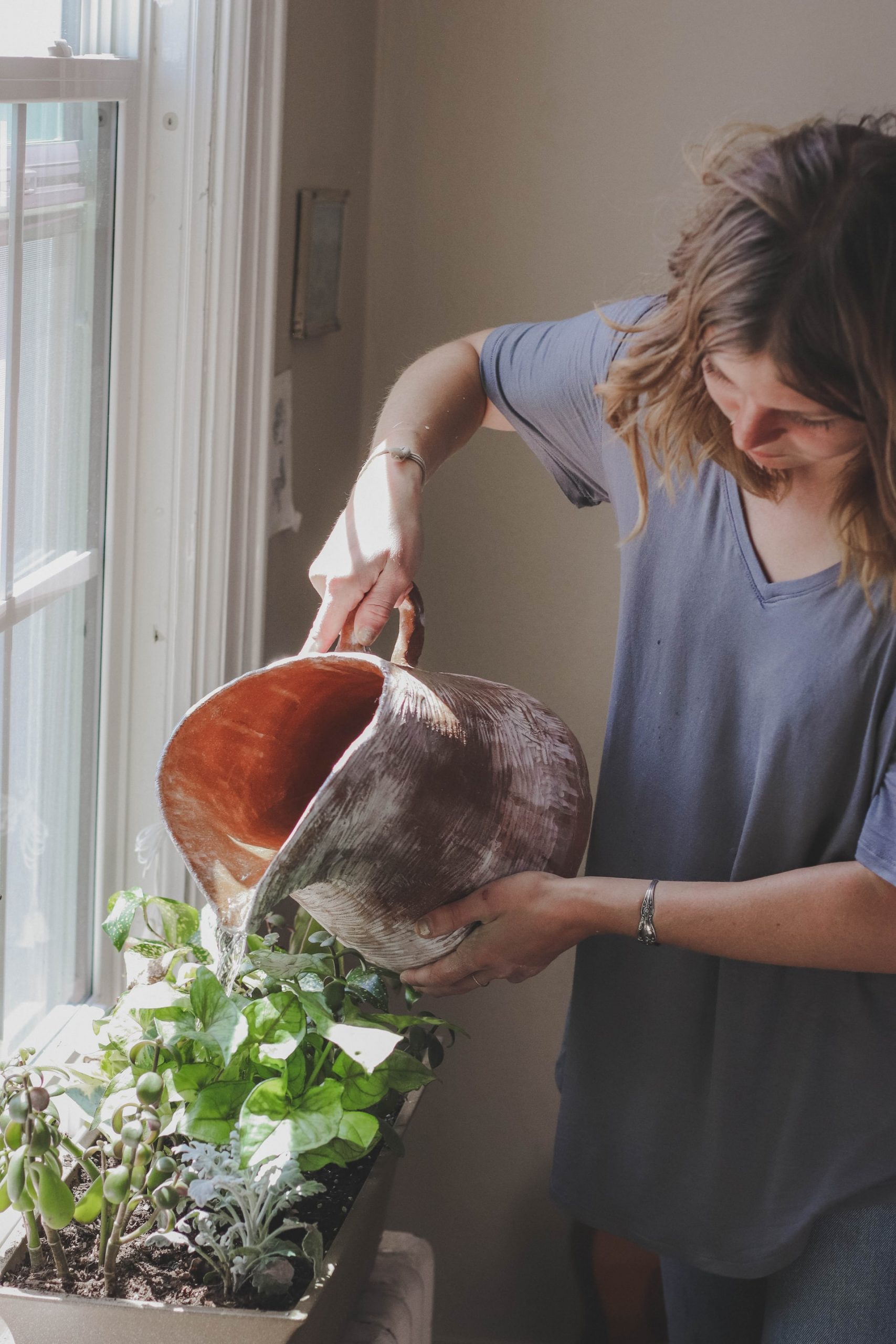
Houseplants are used to heat, so avoid putting them in cold rooms. Instead of throwing money at the window for heating, opt for heating mats that regulate the soil temperature from below.
4. Humidity
A lack of humidity could cause leaves to fall off, giving them a wilted appearance. To keep your plants moist, water them daily, as much as possible, using a water tray near your plants.
5. Choosing the right plants
Whatever plants you want, they can all be grown indoors. The choice of plants depends entirely on your lifestyle and the conditions of your home. For example, vegetables and herbs are best suited for indoor use. Seek advice from nursery professionals to find out which plants are suitable for your home and lifestyle.
Keep your herbs
Your lifestyle and a successful indoor garden will leave more herbs than you want. Try storing them for year-round use in ice cube trays with water or olive oil. You can also trade them with a neighbor who has an indoor vegetable garden.
Reawaken your creativity with flower pots
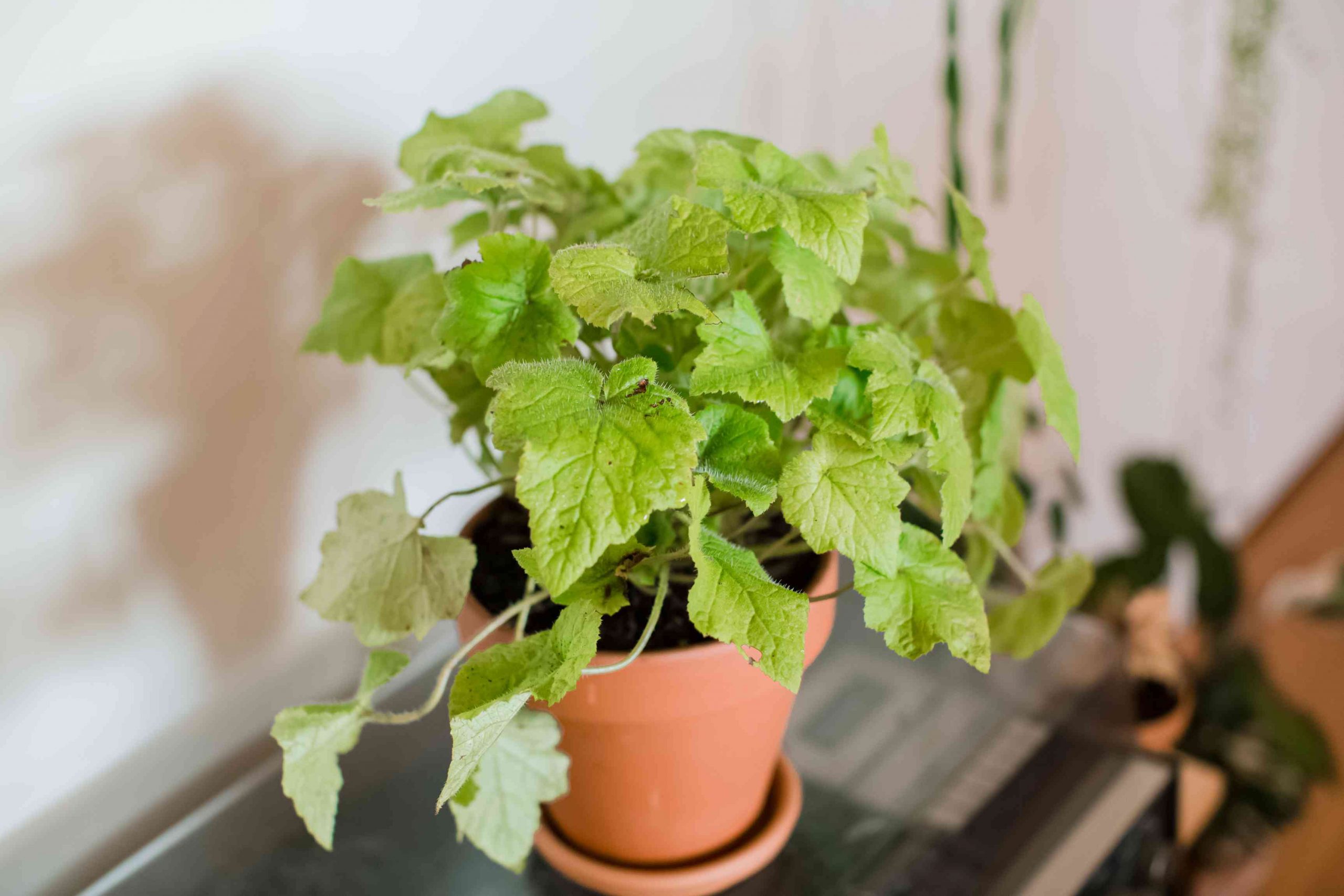
Instead of wasting time and money on flower pots, recycle items in your home. With a little creativity, you can use old items for your plants. For example, an old pot, buckets, or cans. If there is enough drainage, any container can work. To set up your indoor garden, check if there is space available to put your plants. Growing all kinds of plants is not difficult; even a windowsill, for example, can do the trick.
A place with a tiled floor will allow you to catch water drops or a tarp under a table. It is also important to take into account the entry of light into the house so that the plants can photosynthesize. If there is not enough light, the development of a plant is compromised. It could become tall and spindly.
Sound off in the comments section below and tell us what you want to read next and if you want to read more about indoor gardens.
